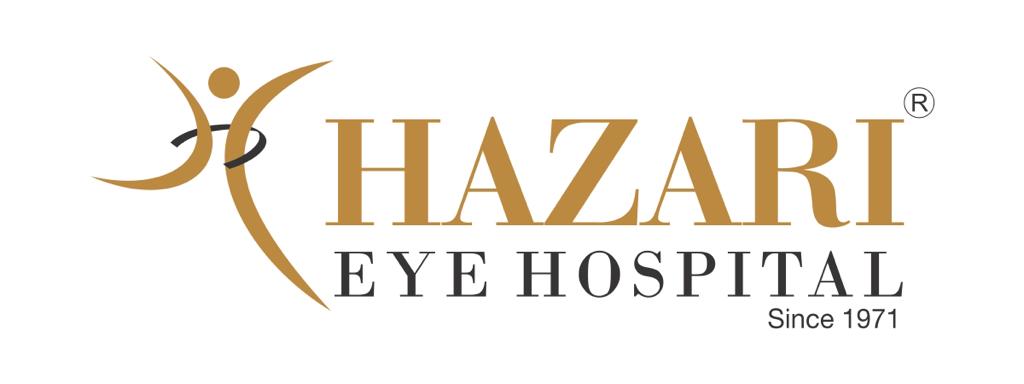Glaucoma Article Series: PART TWO. Management of Glaucoma
Management of glaucoma.
Dr. Ajit Hazari. DNB. Glaucoma and Phaco Specialist.
It is true that there is no cure for glaucoma. There is no “ magic” treatment that can make glaucoma ‘go away’. If we look at our body, it keeps degenerating over time. The eyes being a part of this body are not exception to this rule. In glaucoma, the speed at which this degeneration is faster than normal. So, though we do not yet have a cure for glaucoma, we can manage it in such a way that the person with glaucoma maintains his useful vision throughout life.Laser treatments, Medicines and surgery are three of the main interventions that we do to maintain the useful vision for the glaucoma patient. Let’s look at the systematic approach for managing glaucoma.
EARLY DIAGNOSIS:
The earlier the diagnosis, the easier it is to manage glaucoma and prevent further damage.For the diagnosis of glaucoma, eye pressure is not the only thing that we look at. Eye pressure of course is very important but equally important are some allied tests that doctor does. These include Gonioscopy (to see whether drainage angle is open or closed), Optic nerve assessment either directly or with photographs (changes in the appearance of the optic nerve can indicate early damage), Visual field analysis or perimetry (mapping the field of vision regularly helps in closely monitoring glaucoma), OCT – RNFL analysis (retinal nerve fiber analysis also helps in closely monitoring glaucoma damage.All these tests together help in detecting glaucoma almost 4 – 5 years before the person comes to know about the condition. So if the damage is picked up so early, then with the help of treatment further damage to the vision can be possibly stopped.
TREATMENT MODALITIES:
These include Lasers, Medicines and Surgery.Lasers in glaucoma: In angle closure glaucoma, Yag Laser treatment is therapeutic as well as preventive. In early cases or in patients who are at a high risk for developing angle closure glaucoma, this laser treatment and often completely prevent further damage even without medicines! In open angle glaucoma, SLT laser treatment helps in improving the efficiency of medical treatment.
Medicines: There are many medicines (eyedrops) available for reducing the eye pressure. Not every medicine works for everybody equally. So the ophthalmologist first chooses the medicine that is most likely to be of maximum benefit to the patient. If its effect isn’t enough then he may either change the medicine or add another medicine. The efficiency of the medicine is gauged by the extent of eye pressure reduction that it causes. At the same time the doctor also looks out for possible side effects of these medicines and whether they are tolerable and not interfering with the other conditions like BP and Asthma.
Surgery: The gold standard surgery for glaucoma is called trabeculectomy. Over the years many new techniques have evolved as many new devices have come about for improving the success of trabeculectomy surgery. In general, surgery for glaucoma is done when the damage does not stop with lasers or medicines. Earlier there was a general misconception that there is no surgery for glaucoma. Glaucoma surgery has been proven to be of great help in preventing loss of vision in glaucoma patients. It has its undesirable effects but it also gives hope that vision can be saved!
REGULAR FOLLOW-UP:
The importance of regular follow-up cannot me impressed upon enough! It is the key to saving vision in glaucoma. In fact research shows that the people with glaucoma who get their eyes checked regularly are the most likely ones to preserve their vision throughout life. Irregular treatment and irregular monitoring and follow-up are one of the greatest risk factors of losing vision due to glaucoma. It is generally recommended that once the eye pressure stabilizes, it should be checked every 2 – 3 months. Perimetry ( field of vision test) should be done every 4 – 6 months and OCT RNFL analysis test to be done every 6 – 12 months. There more often the monitoring is done the better informed your doctor is to take the right decision for your treatment!

SUPPORTING THE PERSON WITH SEVERE VISION LOSS.
Vision loss due to glaucoma occurs in a typical way. It occurs very gradually over months to years. The vision starts reducing from the periphery towards the centre. The central vision which is the most important for our tasks such as reading / writing gets affected only in late stages of glaucoma. Sadly often people notice vision loss only when it starts affecting their daily activities. And the vision loss is permanent.Glaucoma patients with advanced vision loss are usually comfortable in familiar surroundings. So we need to make their surroundings in the house easy to navigate. People who take care of the glaucoma patient need to realize that the peripheral vision is impaired and the person can only see straight ahead or a little to the side – imagine looking through a nearly closed fist in front of your eye… it is tunnel vision.
I hope you have found useful information in this article. I hope it has helped you to understand glaucoma and not fear it anymore. The next (and final) part of this series on glaucoma deals with the commonly asked questions about glaucoma that many of my patients and their care givers have asked me over the last one and half decade that I have been taking care of persons with glaucoma.
